The site of the castle probably held some Romano-British dwellings and some Roman coins have been found there, but as yet no evidence of structures. One very interesting feature is the amount of Mediterranean pottery from Byzants found in the area, which suggest that Tintagel may have been the main port of arrival for these goods. They arrived well after the Romans had left Britain, and shows that international trade was well established even then. Some of the pottery even came from Africa.
Part of the castle was built on the mainland, part of it on an island of sorts - more like a peninsula, as there's a narrow land bridge that was actually made that narrow in ancient times to protect against enemies.
All Tintagel Castle pics here.
When I had parked and begun my long descent to the castle, I had brief hopes that this building was it. Nah. Church.
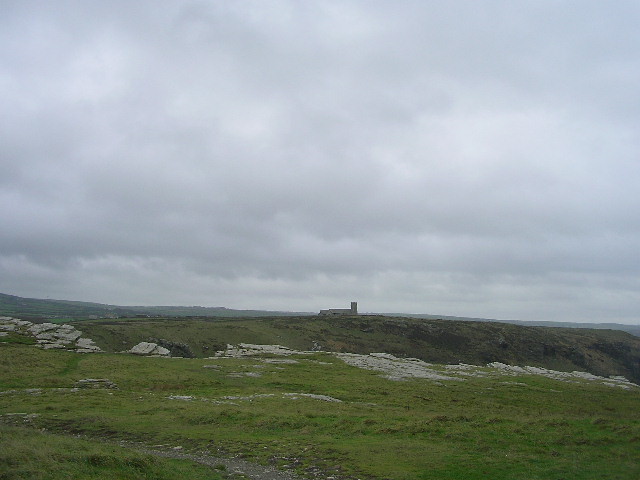
Castle to your left, visitor center to your right.
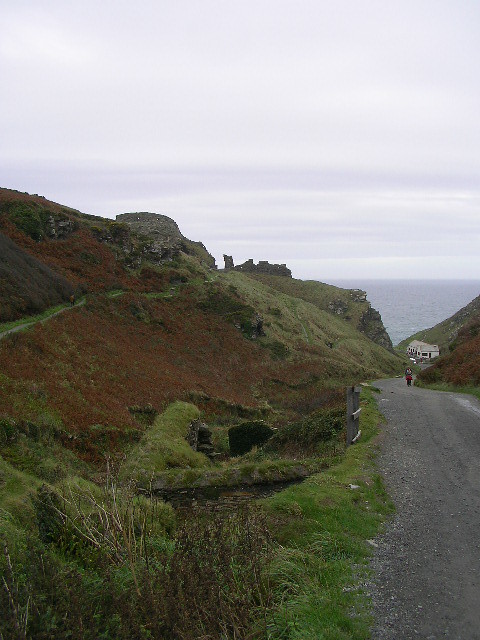
This hotel was called Camelot. Just about every commercial building in Tintagel has something to connect it to Arthurian legend. And thus increase prices by 50%, I guess...
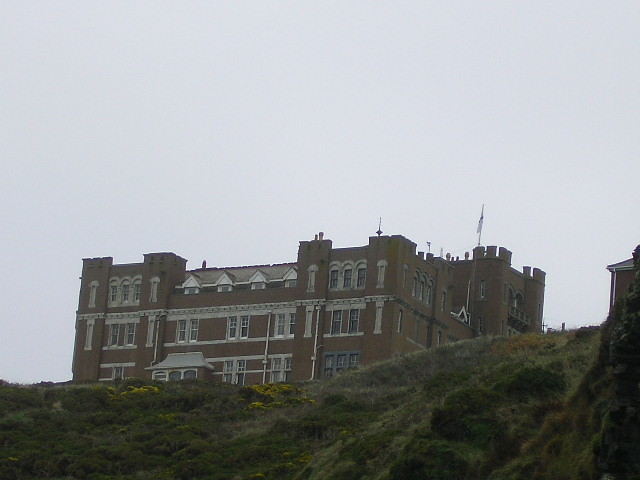
The bay just to the east of the castle.
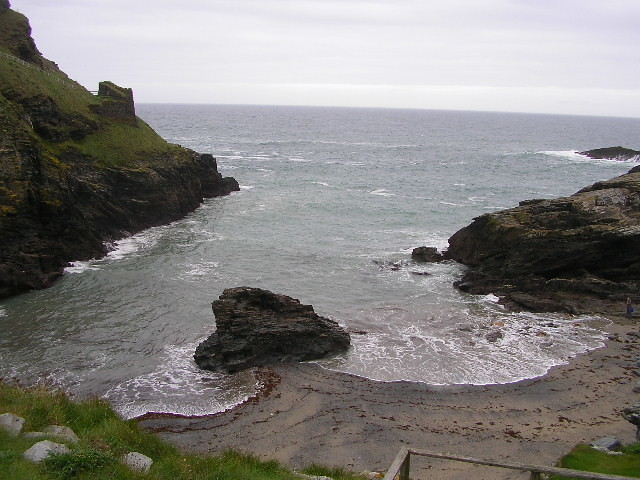
There are tons of caves along the coast, many of them probably utilized by that first line of economic self-defense against an oppressive government - the smugglers.
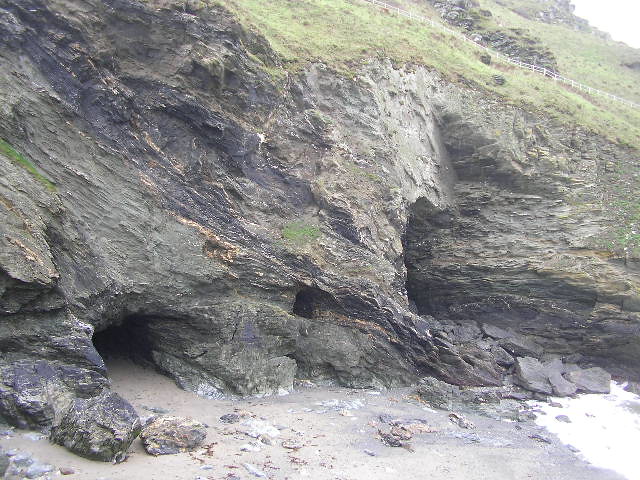
View to the west. This is the northern coast of Cornwall.
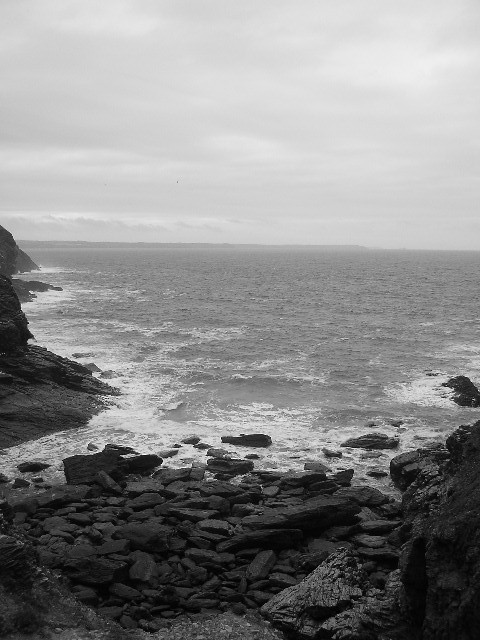
Part of the castle was built on the mainland. I was too tired and windswept to make the climb.
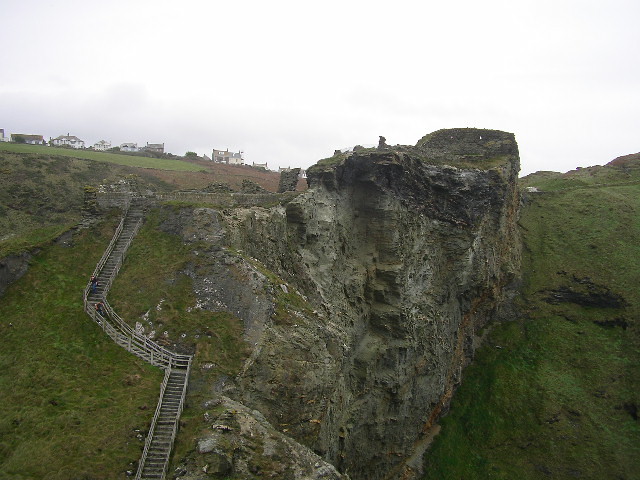
This tunnel was probably a cold storage room.
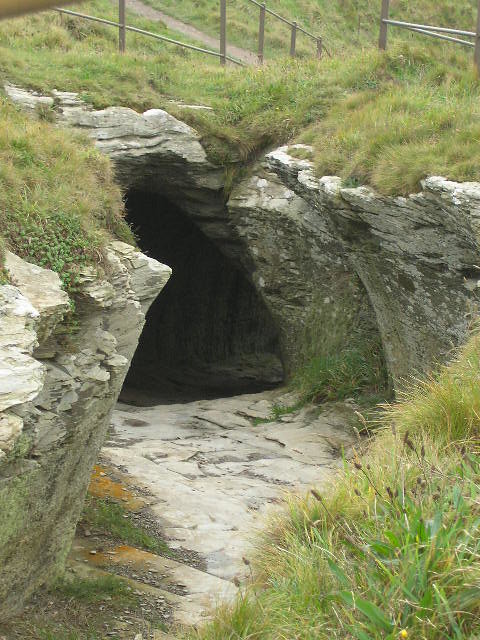
Ancient crapper. I think I may have found my niche here.
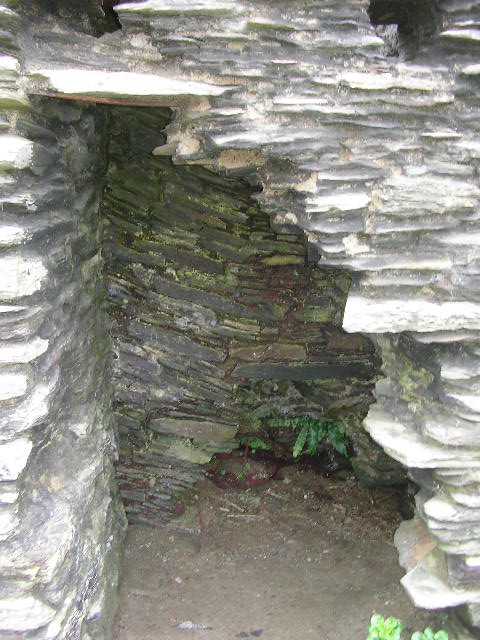
The wind was so strong on the island I could barely breathe up at the top. Cornwall is the most godforsaken, windswept place I ever hope to see.
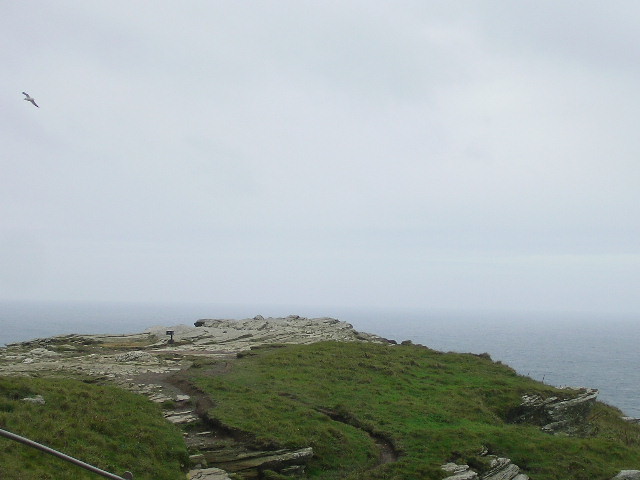
Next stop America.
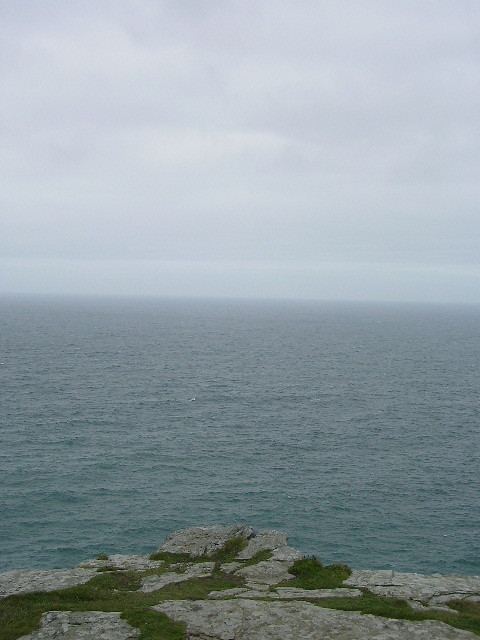
Ancient rubble in the foreground, modern rubble in the background.
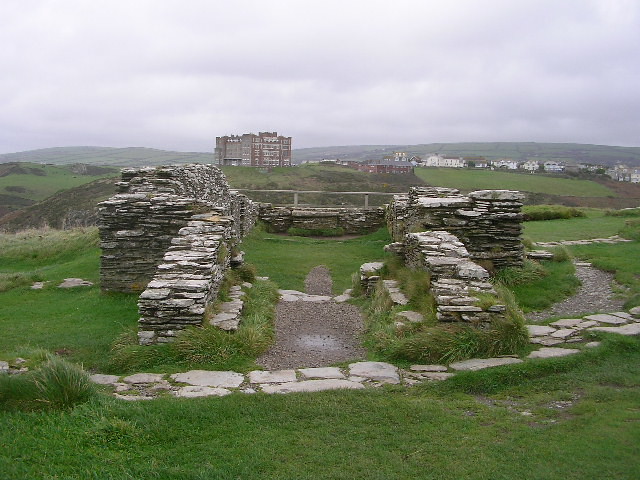

No comments:
Post a Comment